Ethernet and Network Switches
Find out what an ethernet cable is, what the differences are and which ones you should be using. Network switches can help you run multiple devices, reduce cabling clutter and provide both power and internet access. We also take a look into what the different types of cabinets there are to keep all of your networking equipment out of the way and tidy, and also look at how you can protect yourself and your equipment with a UPS (Uninterupted Power Supply).
Keep your eye out for our How to Videos coming soon!
What is an Ethernet Cable?
An Ethernet cable is a type of network cable used to connect devices within a local area network (LAN). It transmits data through electrical signals over twisted pairs of copper wires or, in some advanced models, through fiber optic strands. Ethernet cables physically link devices like computers, routers, switches, and gaming consoles, enabling high-speed, stable internet and network connections.
The most common Ethernet cable types include Cat5, Cat5e, Cat6, Cat6a, Cat7, and Cat8, each with varying speeds, bandwidth capacities, and shielding against interference.
The Invention of Ethernet
Ethernet technology was invented by Robert Metcalfe in 1973 while he was working at Xerox PARC (Palo Alto Research Center). Metcalfe designed Ethernet as a way to connect multiple computers to a shared printer, but the technology quickly evolved to become a standard for networking. The first official Ethernet standard, known as IEEE 802.3, was published in 1983.
Current Uses of Ethernet Cables
Today, Ethernet cables are widely used in various settings:
- Home Networks: Connecting computers, gaming consoles, smart TVs, and streaming devices to routers for a stable internet connection.
- Business and Enterprise Networks: Linking servers, workstations, and networking hardware to build secure, high-performance office networks.
- Data Centers: Managing vast amounts of data with high-speed, low-latency connections.
- Industrial Applications: Connecting machinery, sensors, and control systems in smart factories and industrial automation.
- Security Systems: Powering IP cameras and access control devices through Power over Ethernet (PoE) technology.
The Future of Ethernet Cables
Ethernet technology continues to evolve, with promising advancements and potential future applications:
- Higher Speeds and Bandwidth: The development of standards beyond 400 Gbps, supporting the growing demands of data-intensive applications like virtual reality and AI.
- Improved Durability and Flexibility: New materials and designs for cables that can withstand extreme environments, enabling their use in space exploration or deep-sea research.
- Integration with Smart Cities: Ethernet infrastructure could play a key role in connecting sensors, traffic systems, and public services, creating more interconnected urban environments.
- Expanded Use of PoE: Enhancements to Power over Ethernet could enable more devices to be powered and connected through a single cable, reducing the need for separate power sources.
Despite the rise of wireless technologies, Ethernet cables remain crucial for reliable, high-speed connections, and their adaptability suggests they will continue to be an essential component of our digital future.
Cat 5
1995
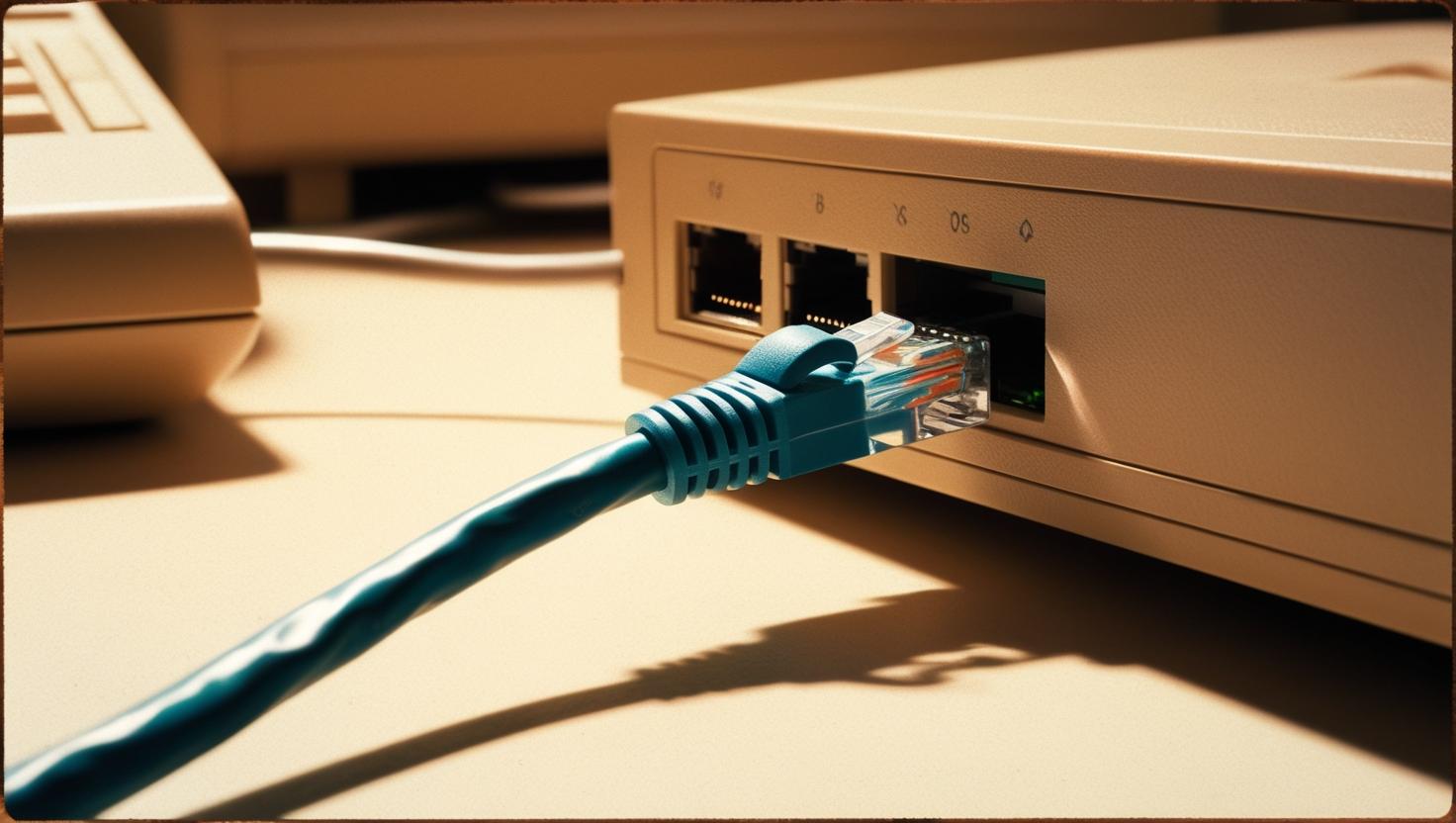
Cat 5e
2001
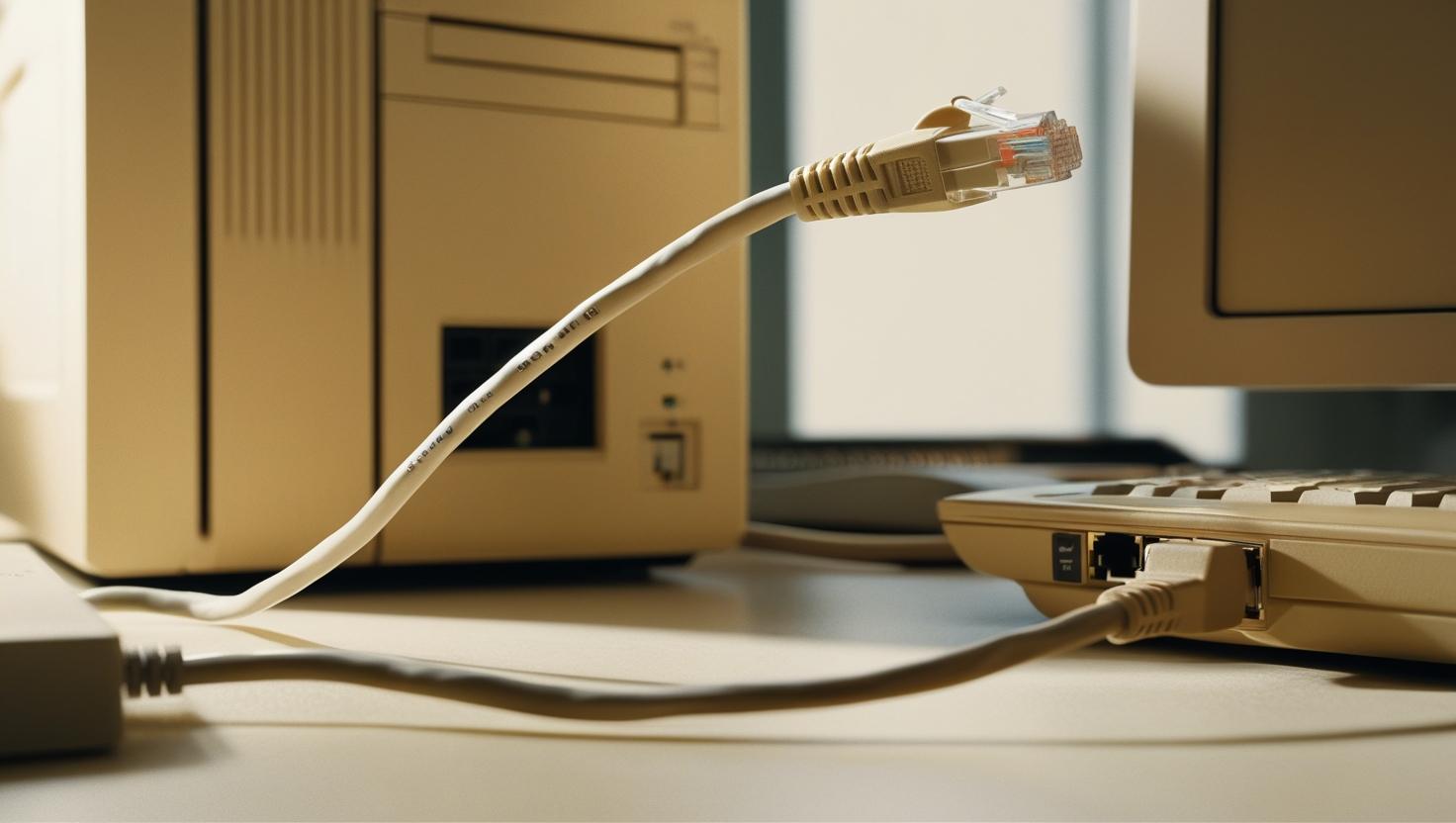
Cat 6
2002
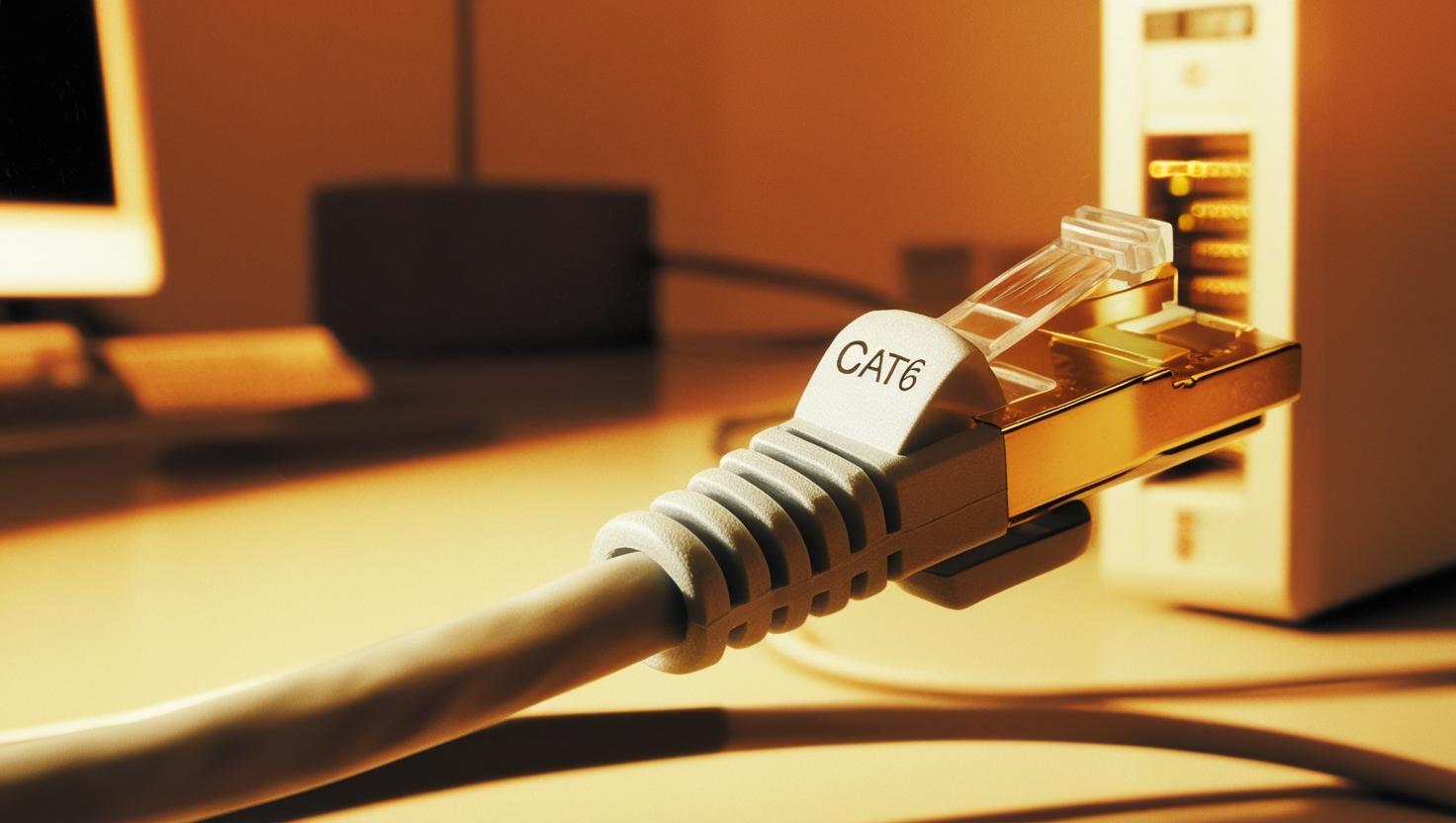
Cat 7
2002
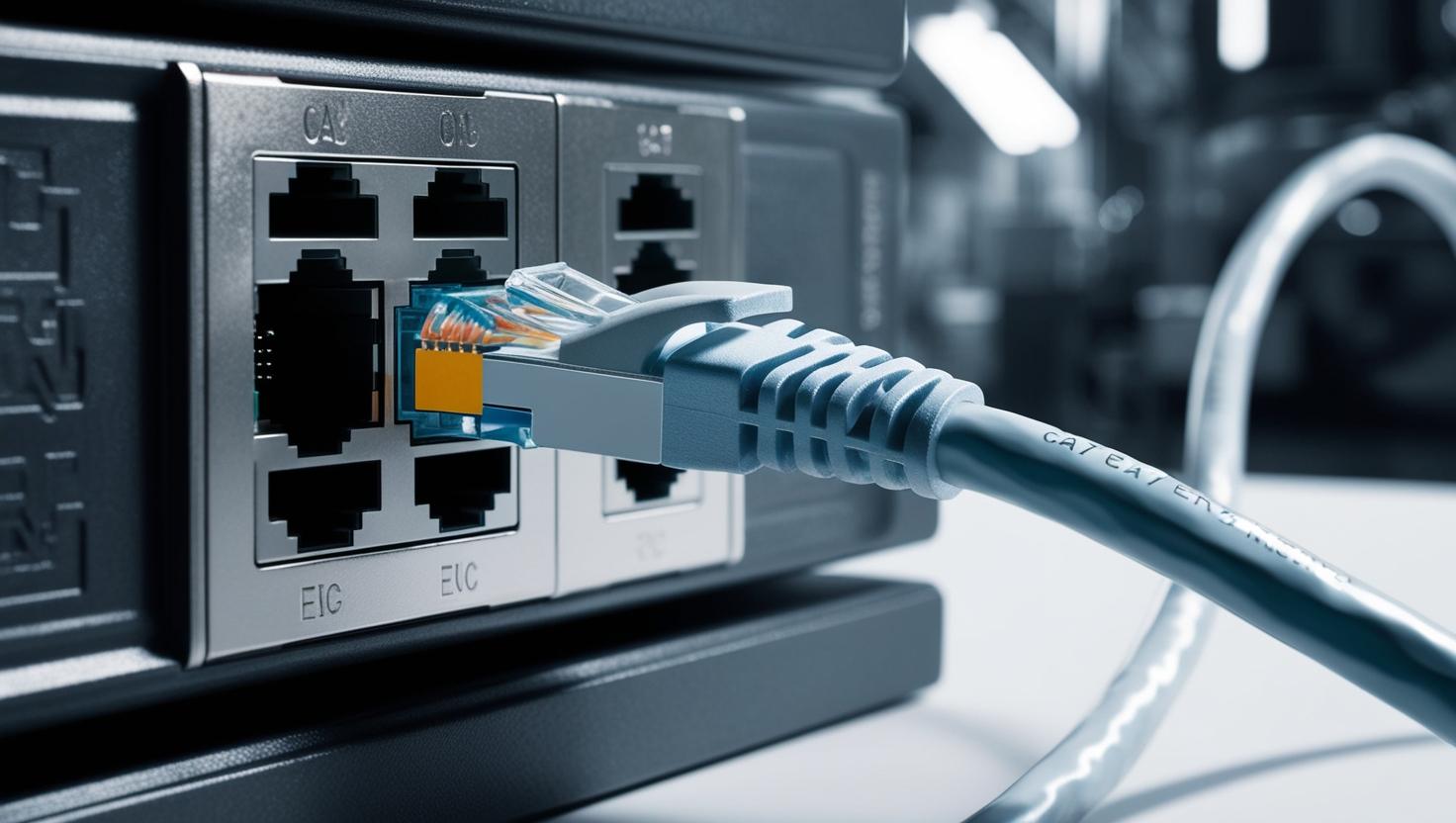
Cat 6a
2008
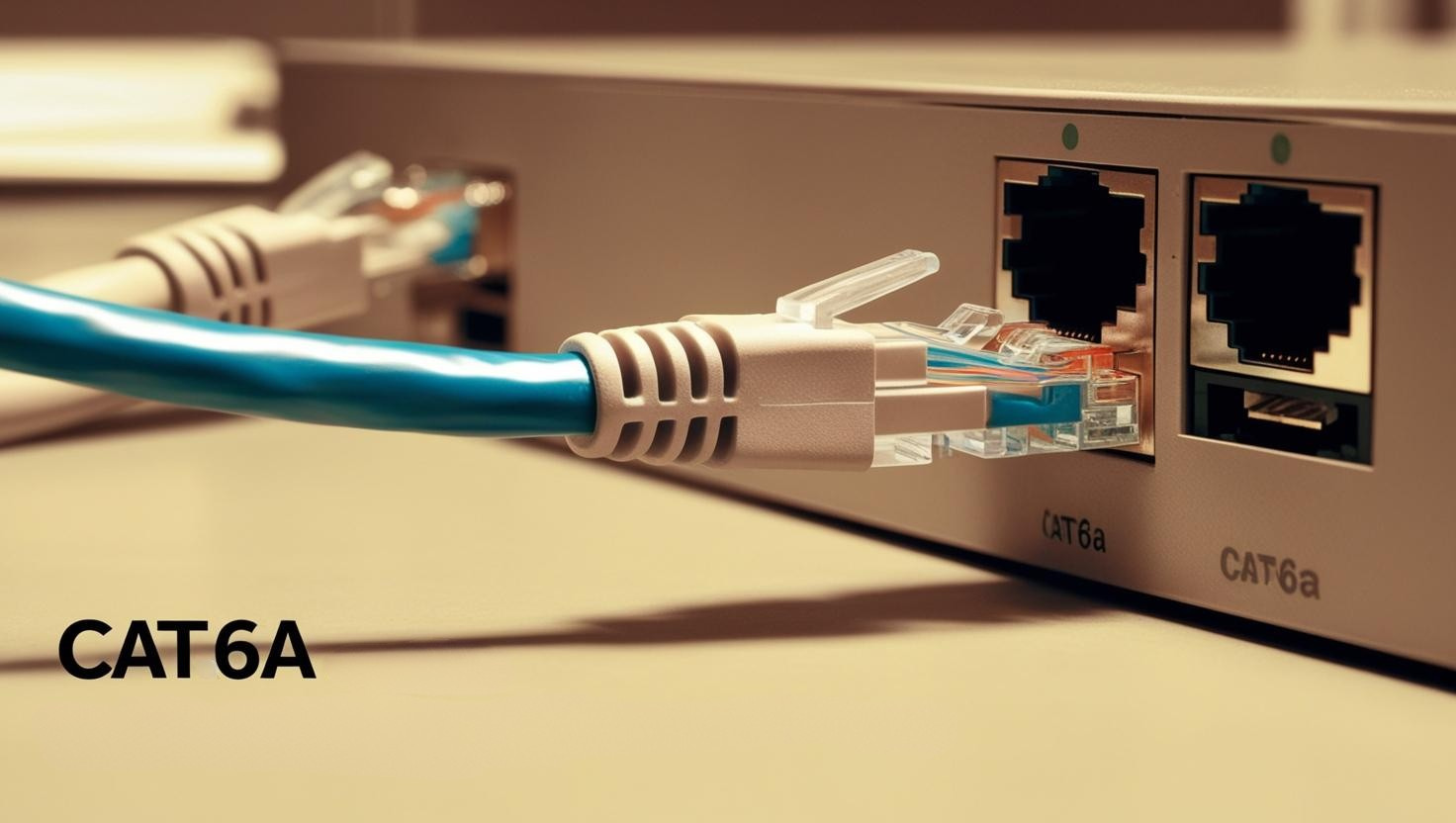
Cat 8
2016
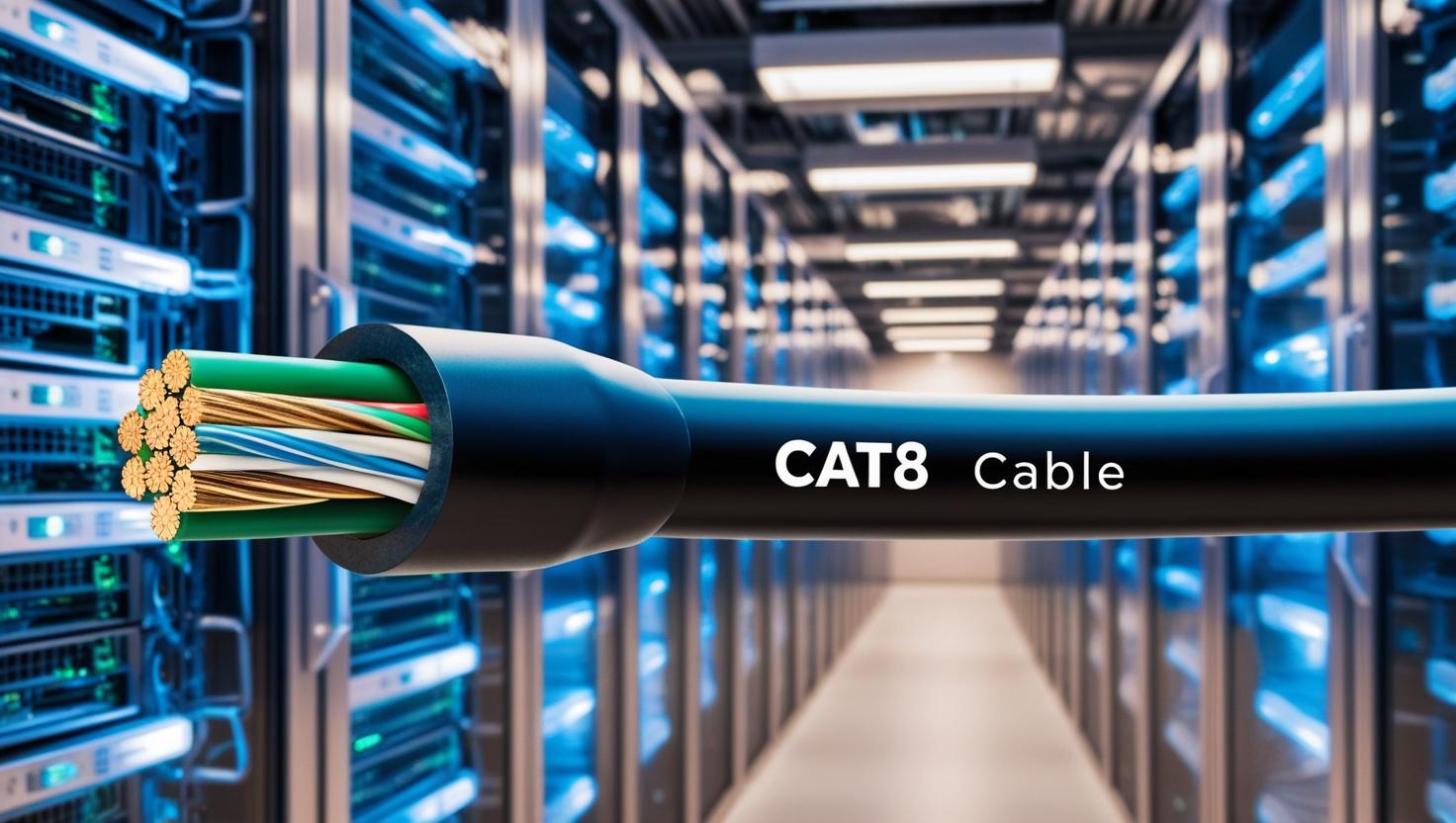
Ethernet cables come in different categories (Cat) that define their speed, bandwidth, and performance capabilities.
| Category | Max Speed | Bandwidth | Max Distance (at max speed) | Shielding | Typical Use Case |
|---|---|---|---|---|---|
| Cat5 | 100 Mbps | 100 MHz | 100 meters | Unshielded (UTP) | Basic internet, small networks, outdated today |
| Cat5e | 1 Gbps | 100 MHz | 100 meters | Unshielded/Shielded (UTP/STP) | Home/office networks, gaming, affordable option |
| Cat6 | 1 Gbps (10 Gbps for short runs) | 250 MHz | 55 meters (10 Gbps) / 100m (1 Gbps) | Unshielded/Shielded (UTP/STP) | High-speed LAN, streaming, gaming |
| Cat6a | 10 Gbps | 500 MHz | 100 meters | Shielded (STP) | Data centers, high-performance business networks |
| Cat7 | 10 Gbps | 600 MHz | 100 meters | Shielded (S/FTP) | Industrial, enterprise setups, smart home wiring |
| Cat8 | 25-40 Gbps | 2000 MHz | 30 meters | Shielded (S/FTP) | Data centers, server rooms, ultra-high-speed setups |
📌 Key Differences:
- Speed & Bandwidth: Cat5 is the slowest, while Cat8 is insanely fast (up to 40 Gbps).
- Distance Limitations: Higher speeds often reduce the effective distance — especially with Cat6 and above.
- Shielding: Cat6a and above come with shielding to reduce interference, essential for high-speed transfers.
- Cost & Flexibility: Higher categories are more expensive and less flexible due to thicker cables and added shielding.
🛠 Choosing the Right Cable:
- For general home use and gaming: Cat5e or Cat6.
- For future-proofing and heavy streaming: Cat6a.
- For professional/enterprise-level needs: Cat7 or Cat8.
Network and PoE Switches
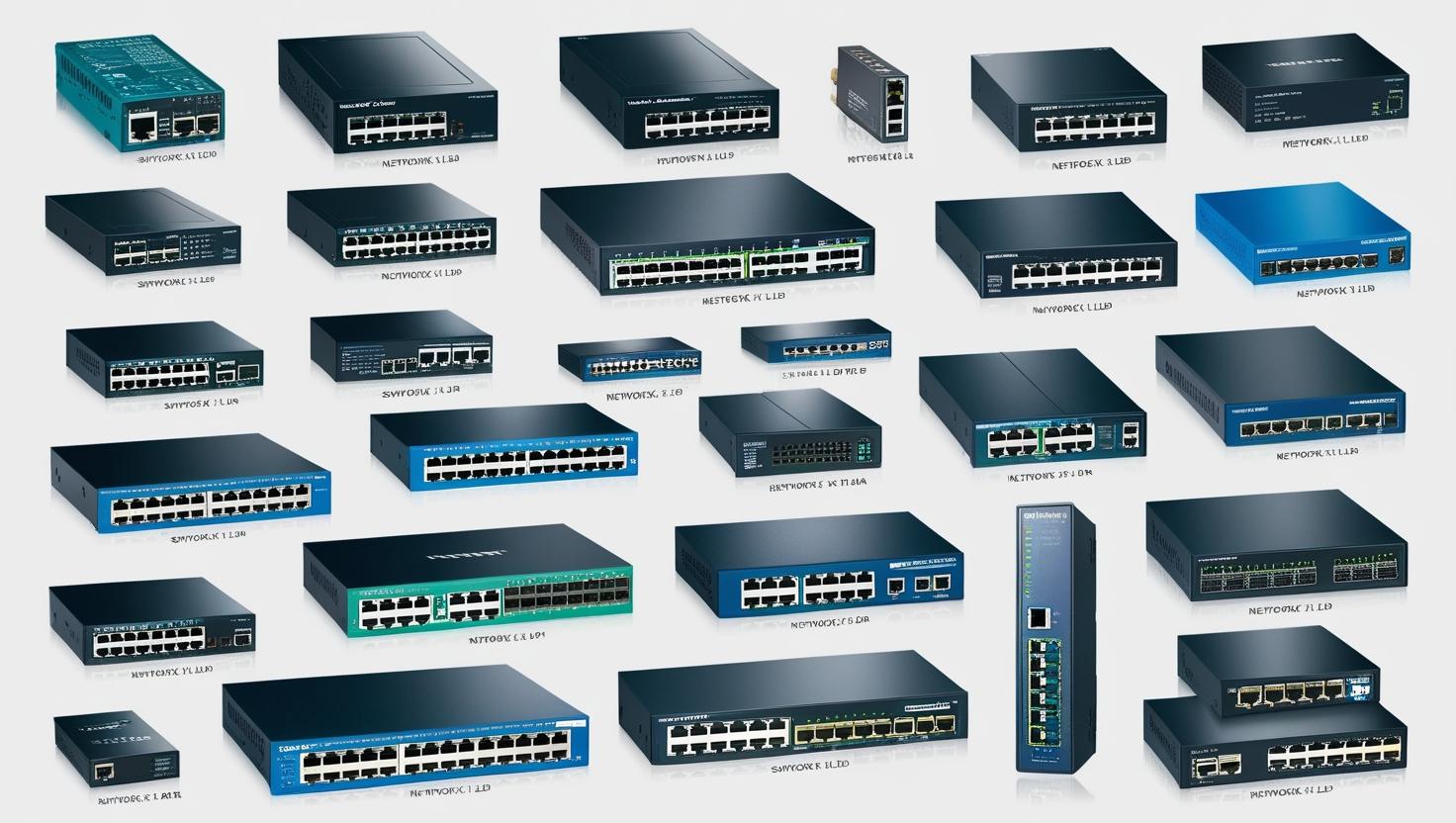
Overview of Network and PoE Switches
History and Evolution of Network Switches
The network switch, a critical component in modern networking, was invented in the early 1990s by Kalpana, a company that introduced the first Ethernet switch. Before switches, networks relied heavily on hubs, which broadcast data to all connected devices, causing congestion and inefficiency. The invention of the switch revolutionized networking by enabling direct data paths between devices, greatly improving speed and reducing collisions.
In 1994, Cisco Systems acquired Kalpana and helped popularize switches globally. Over time, switches have evolved to support faster speeds, more ports, advanced management features, and Power over Ethernet (PoE) capabilities.
Types of Network Switches
- Unmanaged Switches: Simple, plug-and-play devices with no configuration options. Ideal for small networks or home use.
- Managed Switches: Offer advanced features like VLANs, Quality of Service (QoS), and monitoring. Common in enterprise environments.
- Layer 2 Switches: Operate at the Data Link layer, using MAC addresses to forward traffic within a network.
- Layer 3 Switches: Can route traffic based on IP addresses, combining the functions of a switch and a router.
- PoE Switches: Deliver power along with data over Ethernet cables, eliminating the need for separate power sources for connected devices.
Power over Ethernet (PoE)
PoE technology was standardized by IEEE in 2003 (802.3af) and later enhanced with 802.3at and 802.3bt standards to provide more power. PoE switches are used to power devices like IP cameras, wireless access points, and VoIP phones, simplifying installation and reducing cable clutter.
Modern Uses
Today, switches are fundamental to:
- Enterprise Networks: Managing vast amounts of data traffic within organizations.
- Smart Homes and IoT: Connecting smart devices and sensors.
- Security Systems: Powering and connecting surveillance cameras.
- Data Centers: Enabling high-speed, high-capacity network backbones.
Uncommon Scenarios
- Art Installations: PoE switches can power interactive exhibits, connecting sensors, lights, and sound systems without complex wiring.
- Agricultural Monitoring: Switches in remote fields can connect soil sensors and weather stations, transmitting data to a central system via wireless bridges
Network and PoE switches have come a long way, evolving from simple data-forwarding devices to the backbone of modern digital infrastructure. Their versatility continues to grow, enabling innovative solutions in both common and unexpected settings.
Communications Cabinets (Comms Cab)
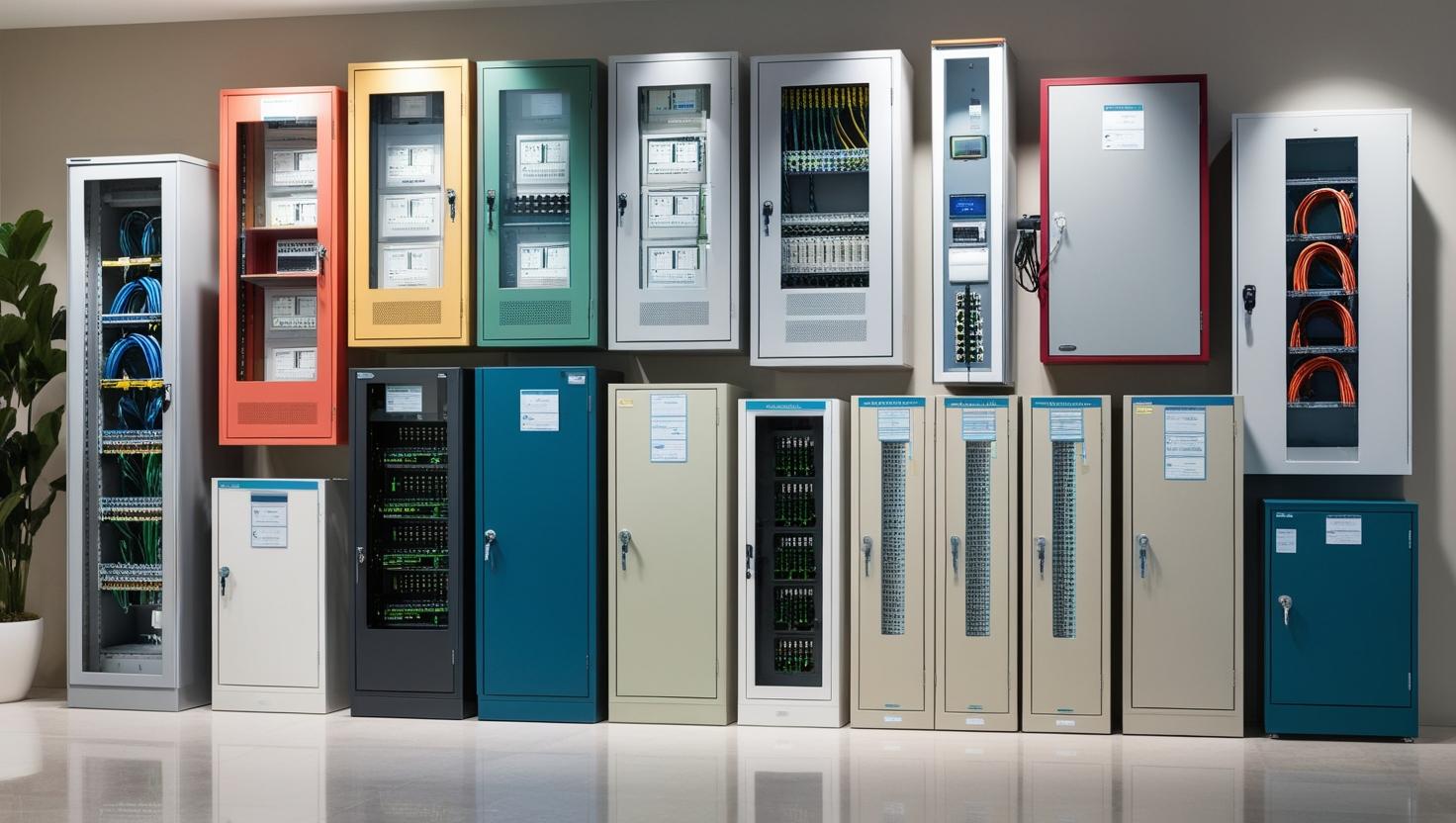
The Uses of Communications Cabinets
Early History and Invention
Communications cabinets, often referred to as server racks or network cabinets, have played a crucial role in organizing and protecting networking equipment for decades. The origins of the comms cabinet trace back to the mid-20th century when telephone systems and early computer networks required structured housing to manage cabling and components.
The concept of standardized equipment mounting was pioneered by AT&T in the 1920s, with the development of the 19-inch rack system, which remains a global standard today. This design was initially intended for telephone switching equipment but was quickly adopted by the computing industry as technology advanced.
Types and Functions
Today, comms cabinets come in various forms, each tailored to different needs:
- Server Cabinets: Fully enclosed with front and rear doors, primarily used to house servers, switches, and routers.
- Wall-Mounted Cabinets: Smaller, more compact, ideal for smaller network installations in homes or small businesses.
- Open Frame Racks: Provide easy access to equipment and better airflow, often used in larger data centers.
- Portable Cabinets: Designed for mobile environments, useful for events or temporary setups.
Diverse Use Cases
Communications cabinets are no longer confined to corporate data centers — their utility spans a range of environments:
- Yachts and Marine Environments: These cabinets protect vital navigation and communication equipment from moisture and vibrations, ensuring reliable performance at sea.
- Smart Homes: As homes become more connected, network cabinets help organize home automation hubs, security systems, and Wi-Fi distribution equipment.
- Offices and Co-Working Spaces: Centralizing networking gear reduces clutter and makes maintenance easier.
- Industrial Sites: Rugged cabinets protect sensitive electronics from harsh environments.
Modern Innovations
Today’s cabinets are more advanced, offering features like integrated cooling, cable management systems, and remote monitoring capabilities. These enhancements help ensure that critical infrastructure remains operational, no matter where it’s deployed.
From ocean-going vessels to high-tech homes, communications cabinets are an unsung hero of modern connectivity, quietly enabling the systems that keep our world running smoothly.
Uninterruptible Power Supply (UPS)
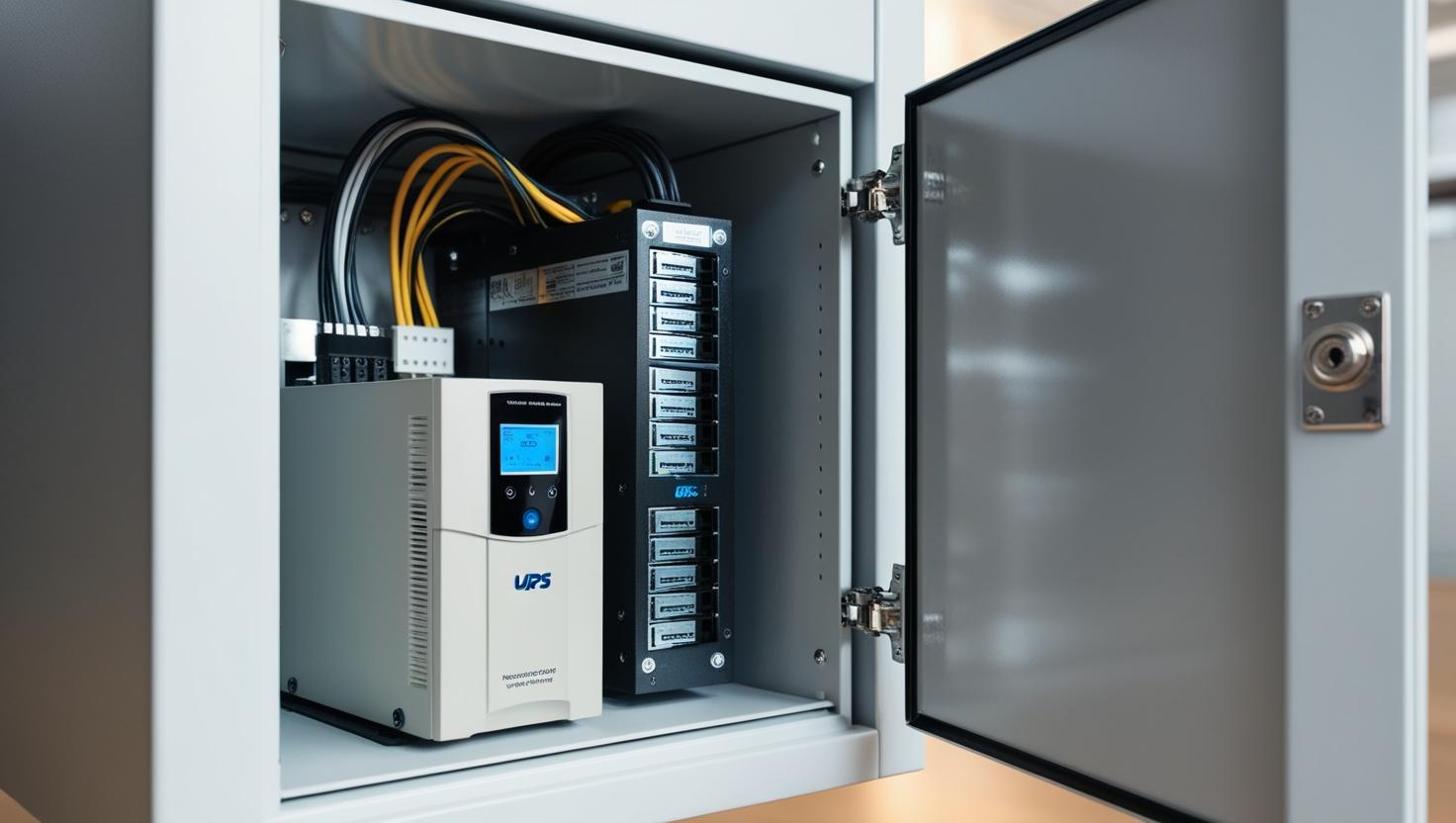
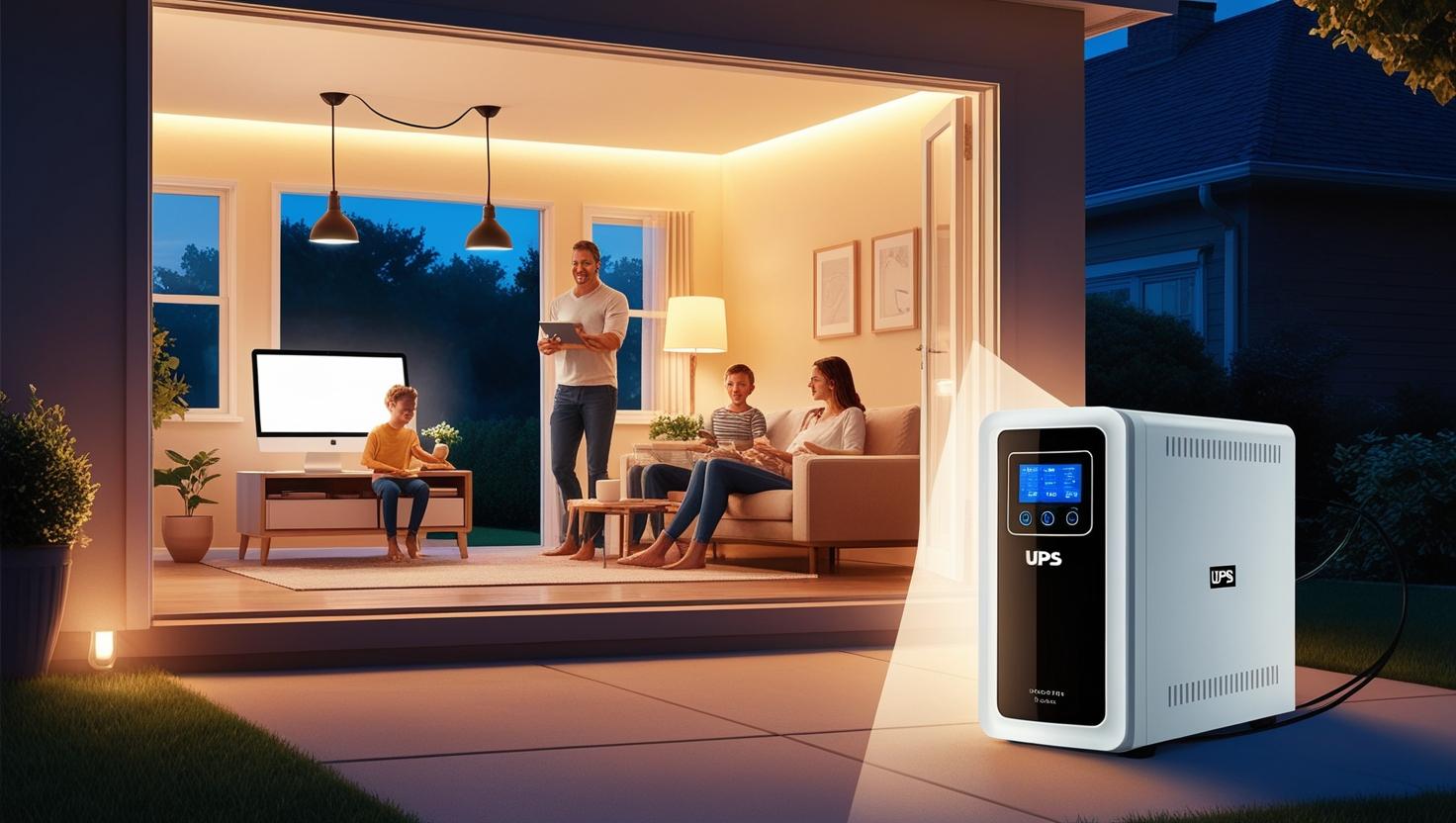
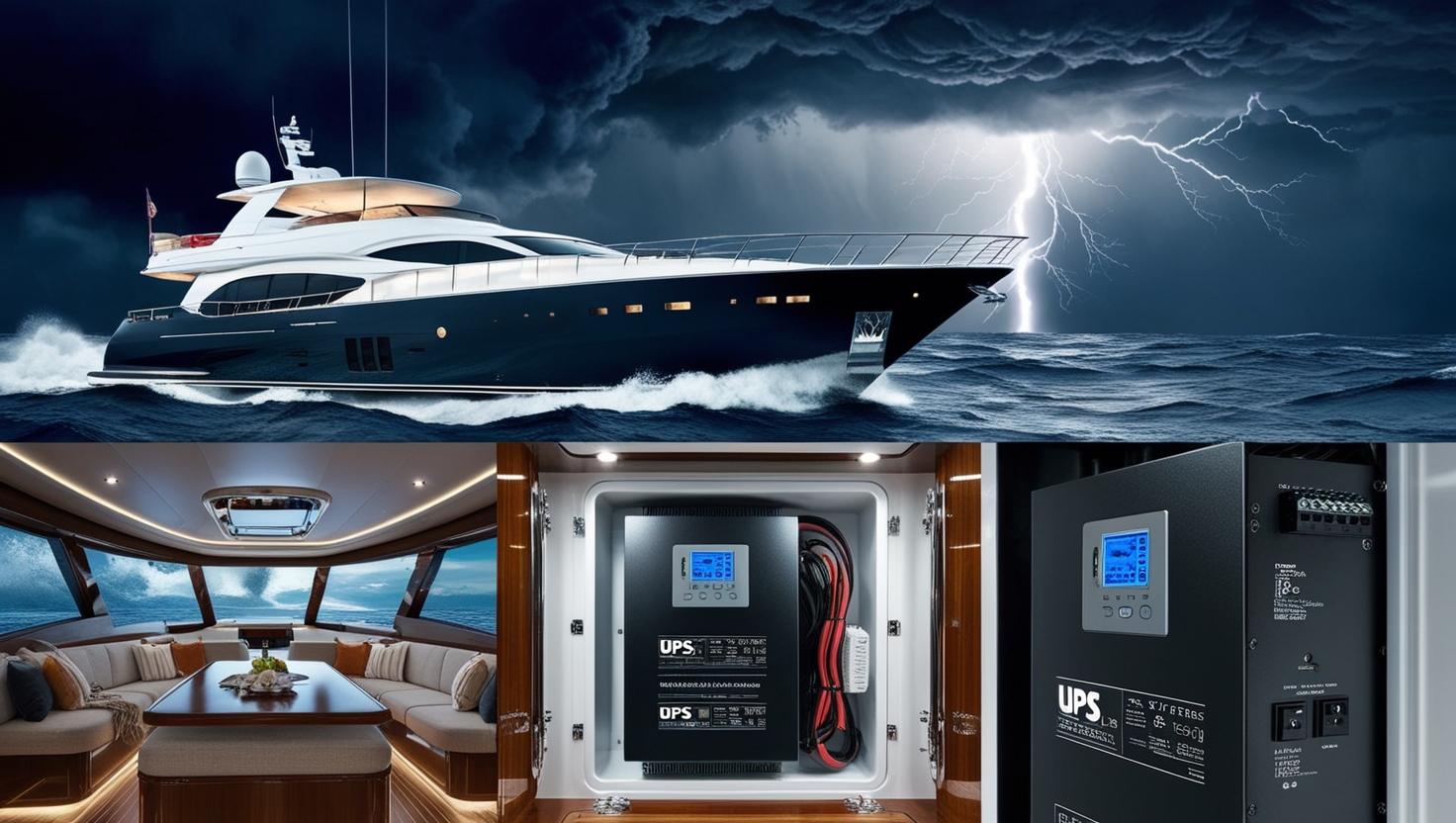

An Uninterruptible Power Supply (UPS) is a device that provides backup power when the main power source fails or fluctuates. It ensures that connected devices continue to run for a short period or shut down properly, preventing data loss, hardware damage, or system interruptions.
Office
In a busy office environment, a UPS is crucial for protecting computers, servers, and critical equipment. If a power outage occurs, the UPS provides enough time to save important files, safely shut down systems, or switch to a backup generator. It also guards against power surges that could damage expensive hardware, reducing downtime and preventing data loss that might otherwise disrupt business operations.
